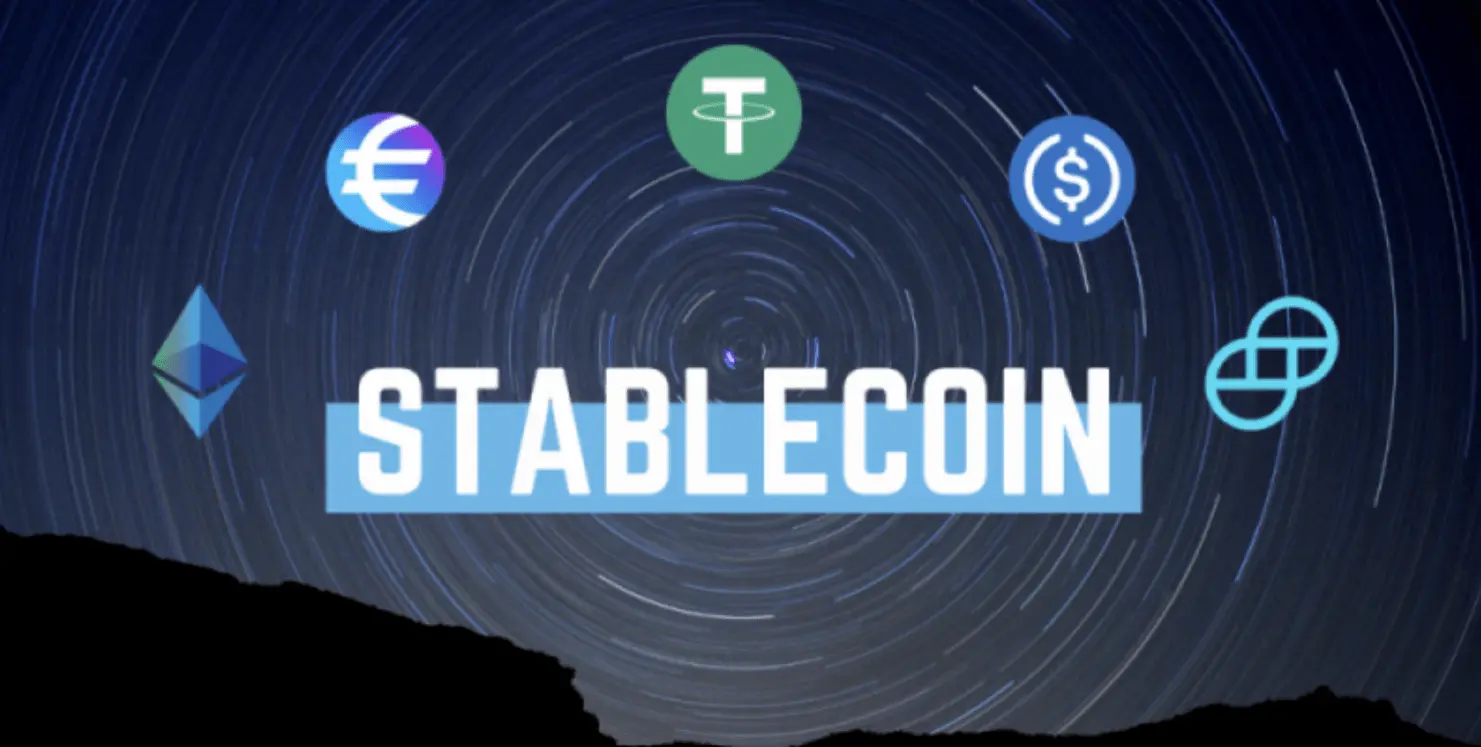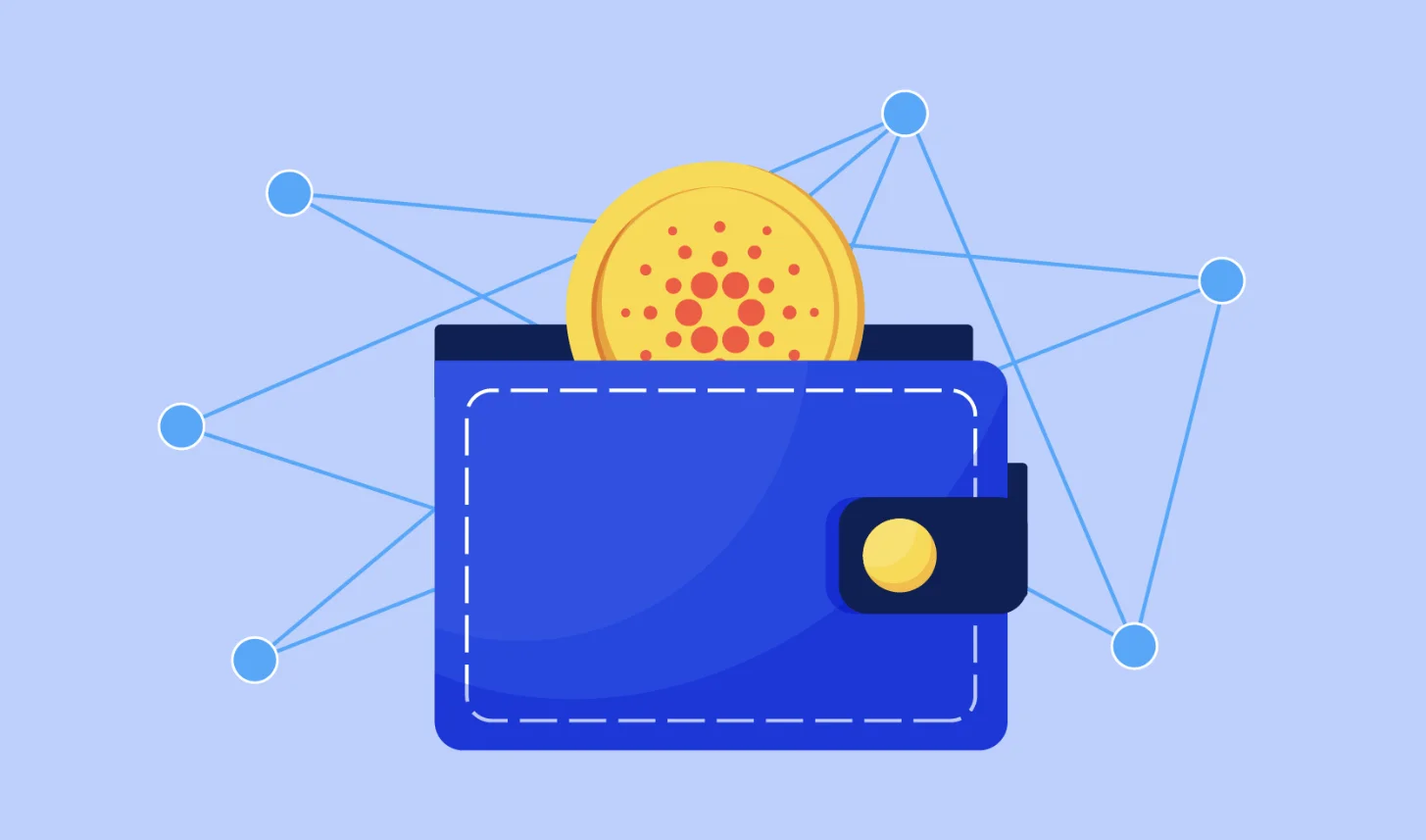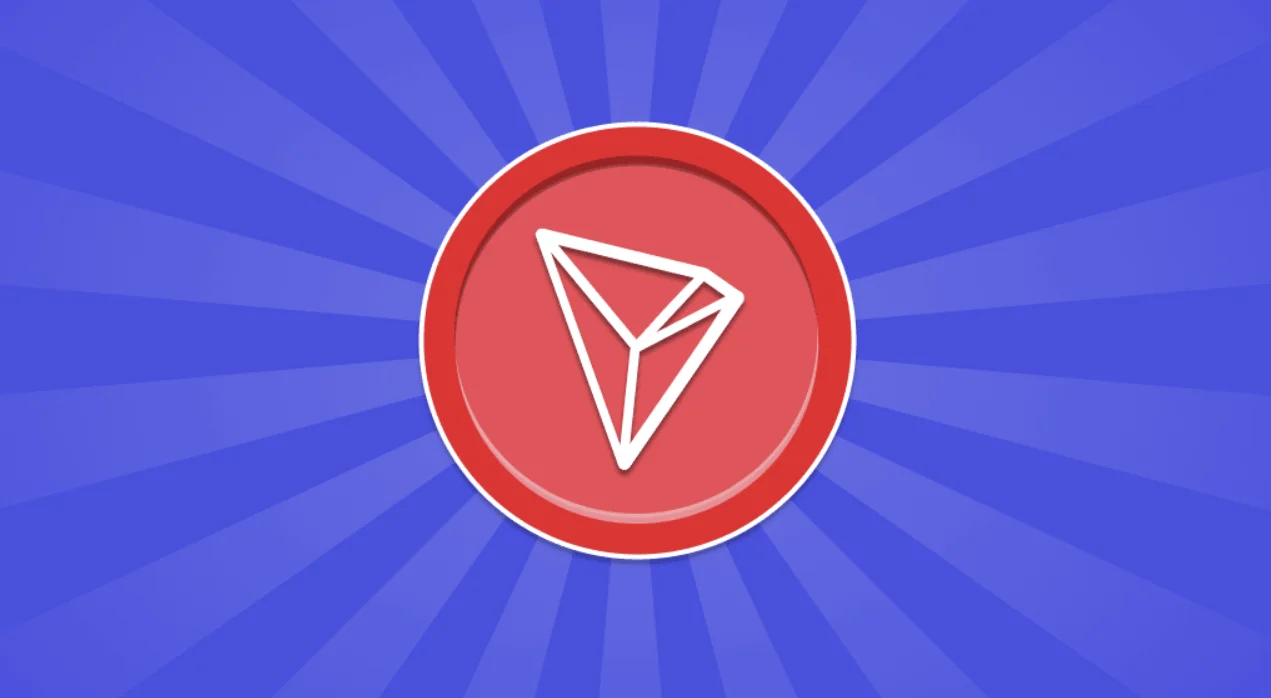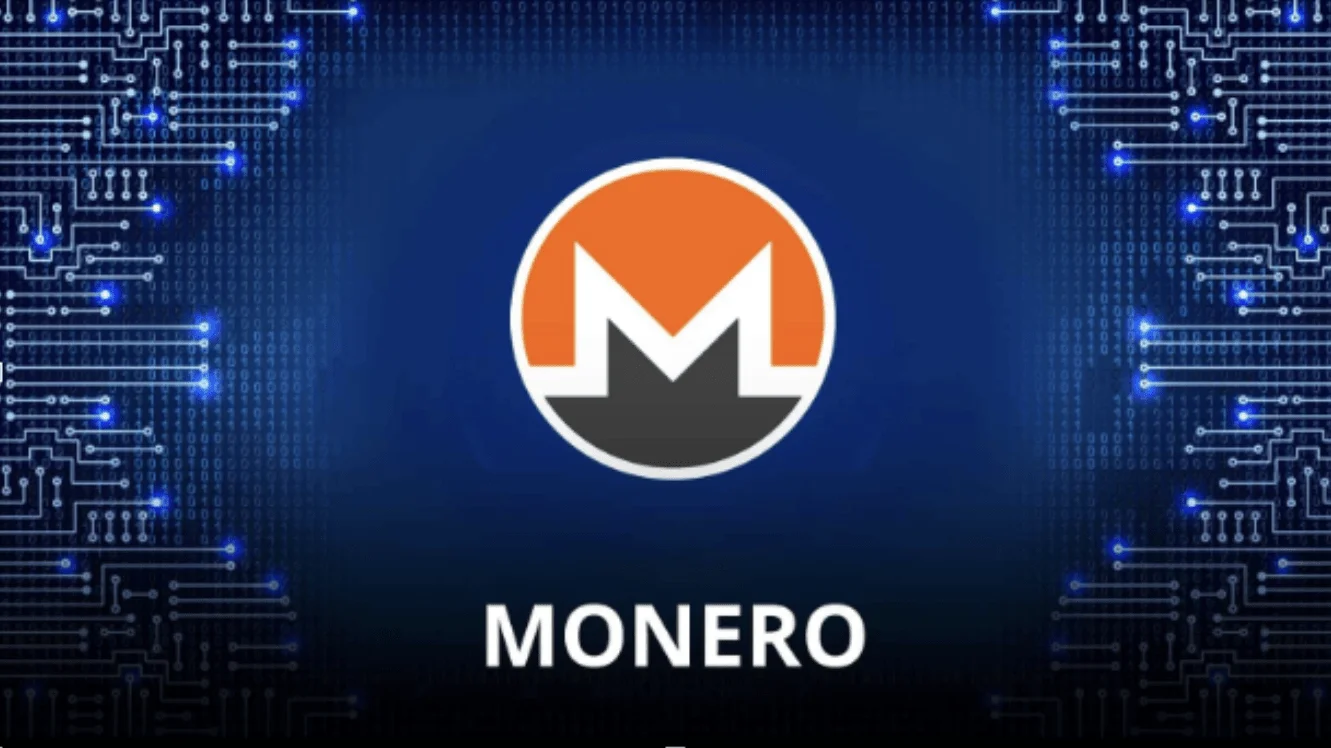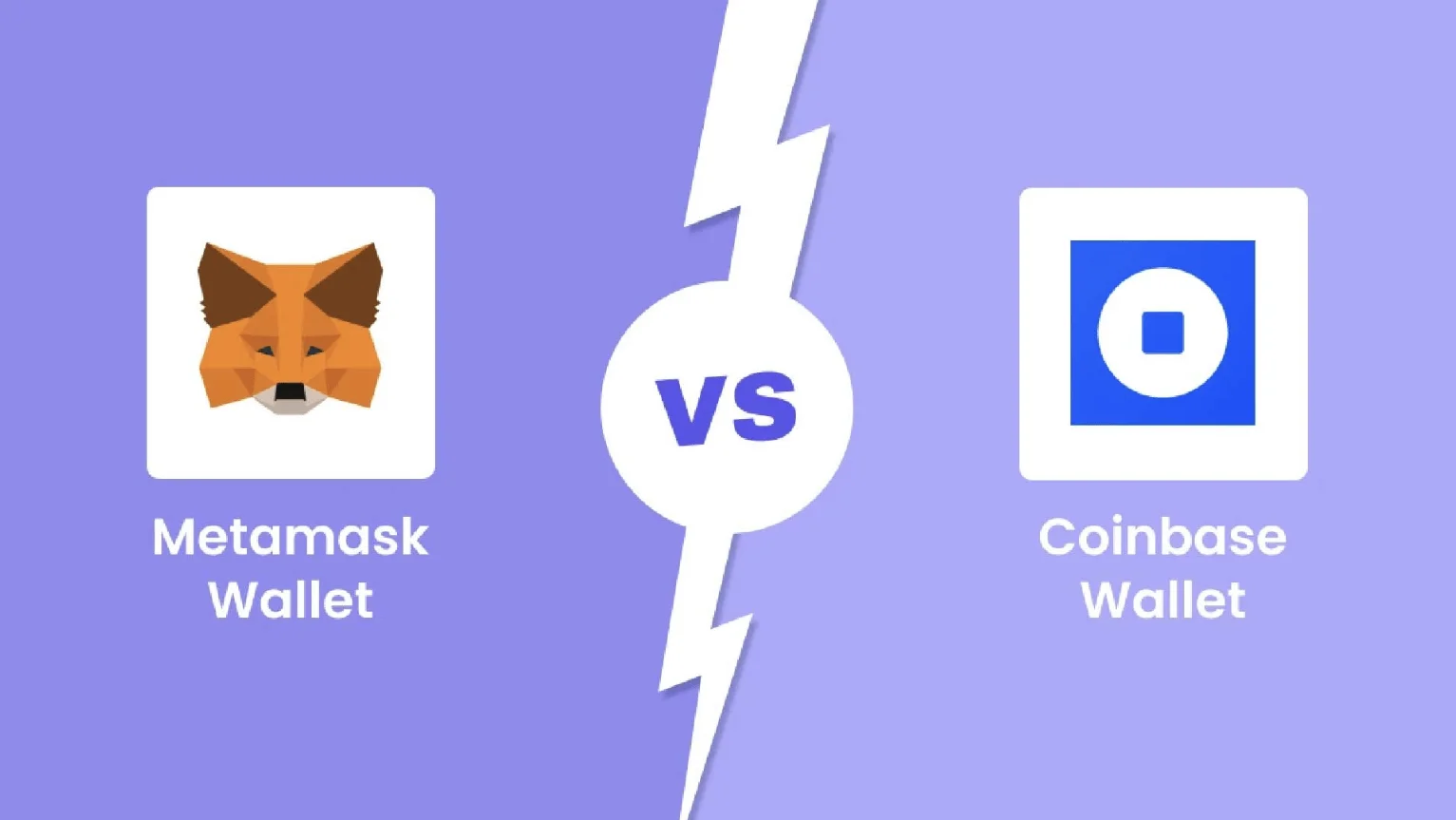Subnets in blockchain technology, like those in the Avalanche network, are revolutionizing how we think about digital networks. Imagine a bustling city: each district (subnet) operates independently but is still part of the larger city (blockchain network).
In the crypto world, this means more efficient, secure, and customizable networks. Subnets are like specialized teams, each handling a specific task within the vast digital landscape of blockchain.
They’re not just a part of the network; they’re the heart of innovation, driving blockchain technology forward with their unique capabilities and roles.
As we delve deeper into what is a subnet crypto, we uncover their pivotal role in enhancing blockchain’s performance, security, and adaptability, making them a cornerstone of modern blockchain architecture.

Subnet Basics in the Crypto World
In the ever-evolving landscape of blockchain technology, subnets have emerged as a pivotal innovation. They’re not just a feature; they’re a game-changer, reshaping how we understand and interact with blockchain networks.
Subnet: The Building Block of Blockchain Networks
In the crypto realm, subnets are separate blockchains within a larger network, processing unique transactions and data types. They’re discrete yet integral, like interlocking rings in a vast network.
A subnet in blockchain is like a smaller, specialized network within a larger one. It groups nodes with common characteristics, functioning as a distinct chain within the broader network.
This setup enhances the network’s performance, reduces congestion, and bolsters security by segmenting different sections.

Why Subnets Matter in Crypto
Subnets are crucial in blockchain networks like Avalanche for several reasons. They act as security guards or traffic cops, ensuring information flows smoothly and efficiently.
In the Avalanche ecosystem, a subnet is more than just a blockchain; it’s a group of nodes that democratically agree on the state of a chain. This allows for the creation of customized subnets tailored to specific functions, balancing speed and data processing capabilities.
Subnets in crypto provide the flexibility to implement user-defined solutions while maintaining the security and efficiency of the network.
The Anatomy of a Subnet

Understanding a subnet’s structure is key to grasping its role in blockchain. Each subnet in the Avalanche network is an autonomous network operating within the larger Avalanche ecosystem, with its own capabilities and regulations.
This autonomy allows for adaptability and personalization, catering to niche blockchain uses. Nodes in a subnet work together to verify transactions and maintain network security, akin to detectives checking each other’s work.
This collaborative effort ensures the integrity and security of the blockchain.
The Nuts and Bolts of Subnets
In the intricate world of blockchain technology, subnets play a crucial role. They are the cogs and wheels that keep the blockchain machine running smoothly.
Subnets at Work
Subnets in blockchain are dynamic sets of validators that collaborate to achieve consensus on the state of various blockchains.
Each blockchain within a network like Avalanche is validated by one specific subnet, ensuring that every transaction and operation is legitimate.
This process is vital for maintaining the integrity and security of the blockchain. Subnets can validate multiple blockchains, showcasing their versatility and capacity to handle diverse transaction types and data.
Running the Subnet Show

Managing a subnet involves more than just overseeing transactions. It’s about ensuring that each validator within the subnet adheres to specific requirements, which may include KYC (Know Your Customer), AML (Anti-Money Laundering) standards, and hardware capabilities like sufficient RAM.
This management is crucial for maintaining the security and efficiency of the blockchain. In the Avalanche network, for example, creating a private subnet allows for the control of who can join and what information is visible, catering to organizations that prioritize data privacy.
Subnets for Specific Needs
The true power of subnets lies in their ability to be customized for specific blockchain applications.
Whether it’s a subnet designed for high-speed financial transactions or one optimized for applications requiring extensive data processing, the flexibility of subnets is key.
This customization allows blockchain technology to meet the unique demands of various projects without compromising on security or performance.
It’s a significant advancement for blockchain applications, enabling them to harness the full potential of this technology.
Subnets in Action: Real-World Insights
Subnets are not just theoretical constructs in the blockchain world; they are active, dynamic components driving real-world applications.
From enhancing security to boosting efficiency, subnets are making a tangible impact.
Inside Avalanche’s Subnet Universe
Avalanche’s subnet universe is a prime example of subnets in action. These subnets are dynamic sets of validators that work together to achieve consensus on various blockchains within the Avalanche ecosystem.

Each subnet in Avalanche can validate multiple blockchains, showcasing their versatility. This has a profound impact on the Avalanche blockchain ecosystem, enhancing its scalability, security, and flexibility.
The ability of Avalanche subnets to operate under their own set of rules while enabling a wide variety of applications is a testament to their power and utility.
The Perks of Subnets in Blockchain
Subnets bring numerous advantages to blockchain networks. They enhance decentralization and security by providing multiple sub-networks that can operate independently yet communicate with each other.
This reduces the risk of a single point of failure, which is crucial for applications involving sensitive data. Additionally, subnets enable the creation of private blockchains, enhancing privacy and security for transactions.
They also improve network efficiency by creating smaller, more manageable sub-networks that can process transactions faster and more efficiently.
The Future of Subnets in Blockchain
Looking ahead, subnets are poised to play an increasingly important role in the blockchain world. As blockchain technology continues to grow and evolve, the scalability, performance, interoperability, and flexibility offered by subnets will become even more valuable.
They are likely to enable more efficient, cost-effective, and secure blockchain applications across various industries. The potential for subnets to create hybrid blockchains, combining the benefits of public and private blockchains, opens up new possibilities for collaboration and innovation in the blockchain space.
In conclusion, subnets are proving to be a game-changing element in the blockchain ecosystem. Their real-world applications in networks like Avalanche demonstrate their potential to transform how blockchain technology is used and perceived.
As we look to the future, it’s clear that subnets will continue to shape and drive the evolution of blockchain technology.
Frequently Asked Question
What is a Subnet crypto Robinhood?
Robinhood, a popular trading platform, does not specifically offer a product called ‘Subnet crypto’. However, it does provide access to various cryptocurrencies and blockchain-related investments, which might include assets related to blockchain subnets.
What’s a Subnet on Avalanche?
A Subnet on Avalanche is a dynamic group of validators working together to achieve consensus on a set of blockchains. Each blockchain within the Avalanche network is validated by one specific Subnet, but a Subnet can validate multiple blockchains, enhancing scalability and efficiency.
What is a Subnet DeFi?
Subnet DeFi refers to decentralized finance applications running on a specific subnet within a blockchain network. These subnets can operate with their own rules and consensus mechanisms, allowing for more tailored and efficient DeFi applications.
What are the benefits of Avalanche subnets?
Avalanche subnets offer several benefits: they allow for increased scalability, lower latency, higher transactions per second, and reduced transaction costs. They also enable the creation of customized blockchains with specific rules, enhancing the network’s flexibility and efficiency.
How do AVAX subnets work?
AVAX subnets work by grouping a set of validators that independently validate and reach consensus on a set of blockchains. Each validator in a subnet has a say in transaction legitimacy, and subnets can operate under their own rules, allowing for diverse applications within the Avalanche ecosystem.
What are Avalanche subnets and how are they related to blockchains?
Avalanche subnets are a crucial component of Avalanche’s distinct blockchain technology. They are essentially a dynamic subset of Avalanche validators tasked with maintaining a certain group of blockchains. A subnet is a sovereign network that can validate many blockchains, meaning it could enforce a certain set of rules for the blockchains it validates, making regulatory compliance easier. Subnets also offer a way to create private blockchain networks, where contents are accessible only to certain members.
Why is a node significant in understanding Avalanche subnets?
A node is a primary participant in the Avalanche network, playing an essential role as a validator. Validators are responsible for maintaining and securing the network. In the context of Avalanche’s subnet architecture, each validator within a subnet is responsible for validating and securing the transactions that occur within the blockchains assigned to that subnet.
How do you create a subnet in Avalanche?
To create a subnet in Avalanche,e one requires a certain amount of AVAX tokens. By staking these tokens, validators ensure the security and reliability of the network. Moreover, creating a subnet may also require a license that grants permission to run a private subnet where the contents are regulated according to the rules established by the subnet creators.
What are AVAX tokens and their relevance to Avalanche and its subnets?
AVAX is the native token of the primary Avalanche network. It functions as the base currency for all transactions and operations within the network. In regards to subnets, an entity is required to hold AVAX tokens to create a subnet or serve as a validator node within a subnet.
What do you mean by Avalanche Warp messaging?
Warp is a protocol used by Avalanche to implement cross-chain communication. It facilitates the exchange of information between different subnets within Avalanche. Warp’s design allows for seamless information flow, reinforcing Avalanche’s vision of a fully connected and interoperable blockchain ecosystem.

